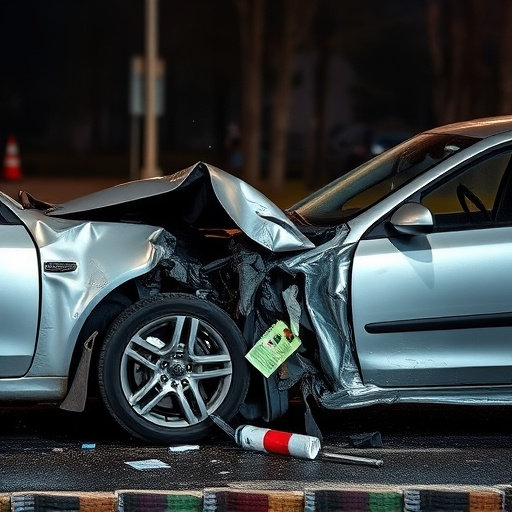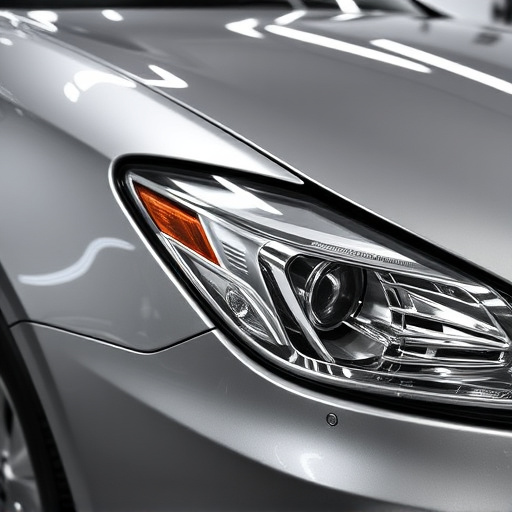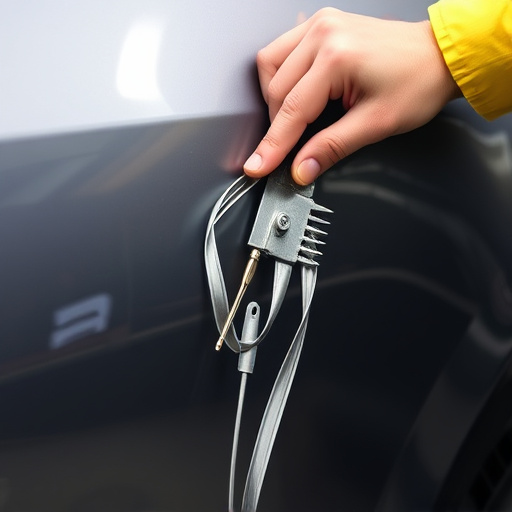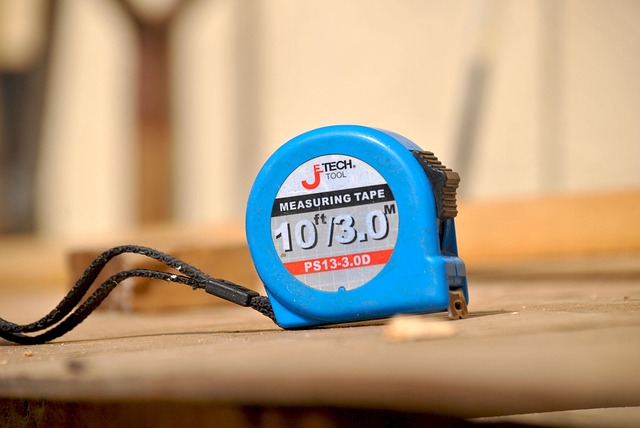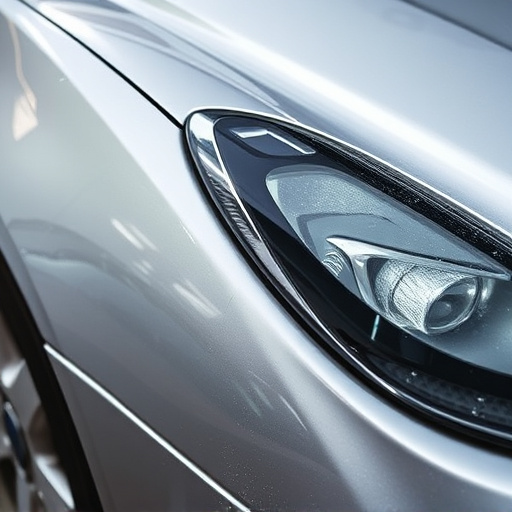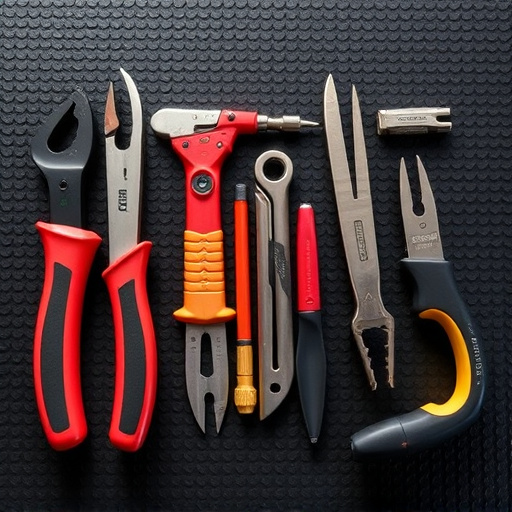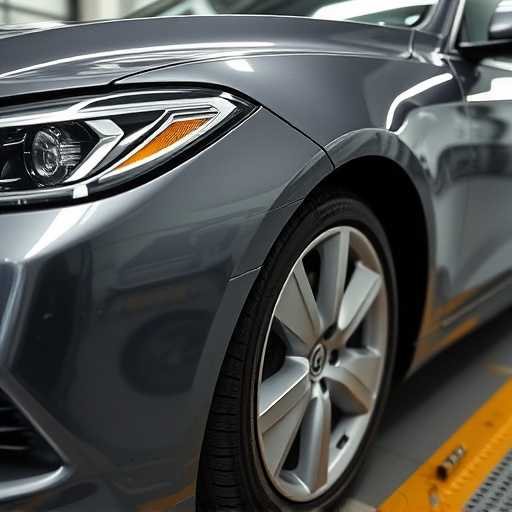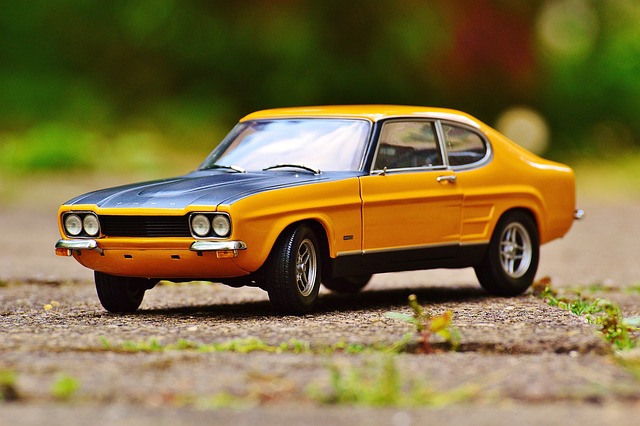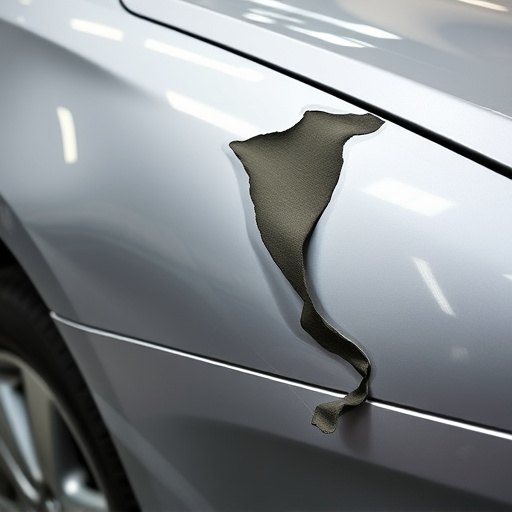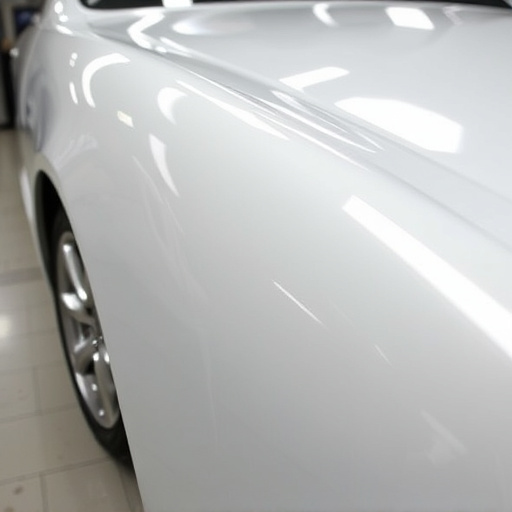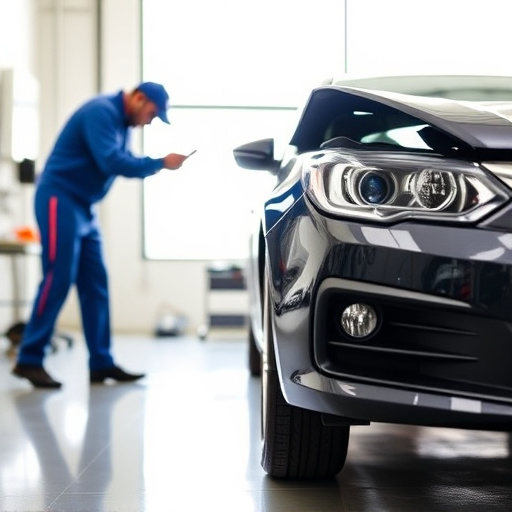Auto body seam sealers are crucial for vehicle restoration, offering structural support and water resistance by filling gaps. Selection depends on seam size, environmental conditions, and durability needs. Application requires clean surfaces, adherence to manufacturer guidelines, and visual inspection for defects. Challenges like improper application and cure issues can be avoided by following best practices, including surface preparation, tool use, and climate considerations. Specialized sealers may be needed for specific repairs.
After repairs, meticulously inspecting the application of auto body seam sealers is crucial for ensuring structural integrity and long-lasting protection. This guide equips you with the knowledge to effectively evaluate these critical bonds. We’ll delve into understanding the unique properties of auto body seam sealers, master visual inspection techniques, and identify common issues along with their solutions, empowering you to maintain superior vehicle quality.
- Understanding Auto Body Seam Sealers
- Visual Inspection Techniques After Repairs
- Common Issues and Repair Solutions
Understanding Auto Body Seam Sealers
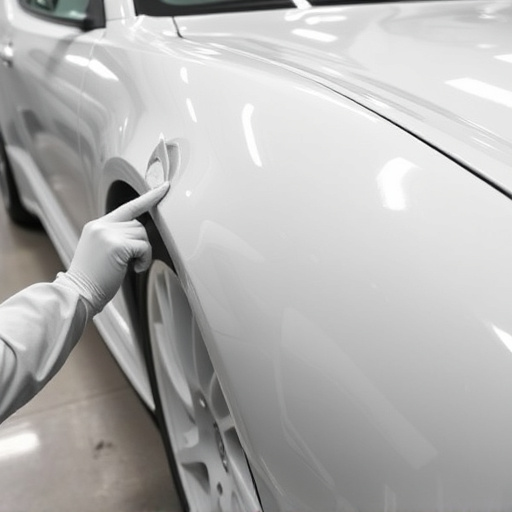
Auto body seam sealers are crucial components in the process of repairing and restoring vehicles. These sealers are designed to fill and bond gaps or seams in a vehicle’s bodywork, ensuring structural integrity and water resistance. They’re typically made from synthetic rubber compounds that cure over time, forming a strong, flexible bond.
Understanding the different types of auto body seam sealers is essential for anyone involved in auto repair services. From one-part to two-part systems, each has unique properties catering to various vehicle repair needs, including frame straightening. The choice depends on factors like the size and type of seams, environmental conditions, and desired durability. Proper application involves clean, dry surfaces and adherence to manufacturer guidelines, ensuring a seamless (literally) and lasting repair for the vehicle’s exterior.
Visual Inspection Techniques After Repairs
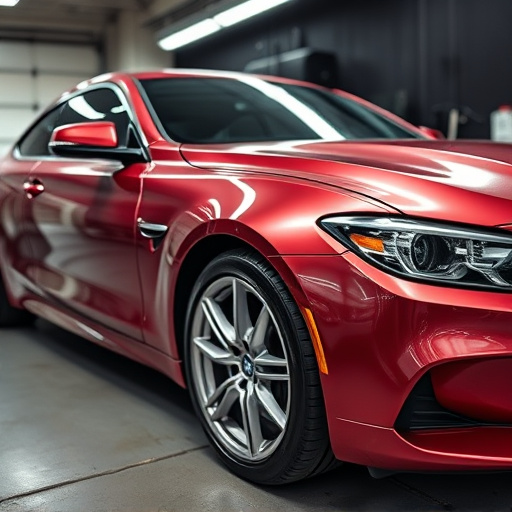
After repairs involving auto body seam sealers, a thorough visual inspection is crucial to ensure the integrity and quality of the work. Start by examining the repaired area under natural light, as this provides the best contrast for spotting any defects or inconsistencies in the sealer’s application. Look for signs of uneven coating, runs, or dry spots, which may indicate improper mixing or application techniques. Pay close attention to the edges and corners, as these are common problem areas where air bubbles or unsealed gaps can form.
Utilize various visual inspection techniques to detect even the subtlest issues. Magnifying glasses or high-resolution cameras can help zoom in on intricate details, while reflecting light at different angles allows you to assess the sealer’s shine and consistency. In the case of luxury vehicle repair or car paint repair, where precision is paramount, consider using industrial LEDs for enhanced visibility without causing any damage to the freshly applied sealer. These techniques will enable you to identify and address issues promptly during fender repair or other car paint repair processes.
Common Issues and Repair Solutions
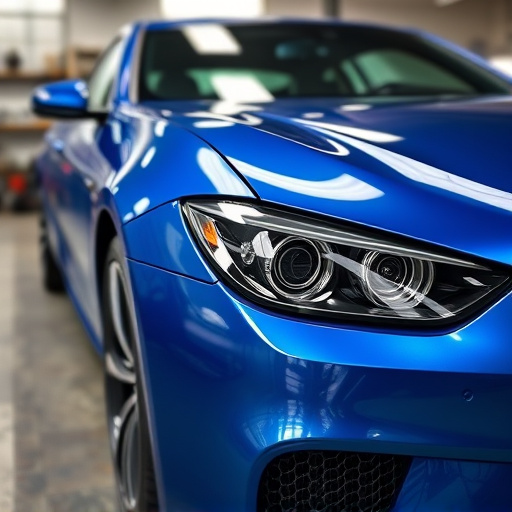
After repairs, auto body seam sealers face several common challenges. One issue is improper application, leading to gaps or overlaps in the sealant. This can result from using the wrong tool, inadequate pressure, or not following the manufacturer’s guidelines. To fix this, ensure a clean surface before applying the sealer and use the recommended tools for even distribution. Practice on scrap material to master the technique.
Another common problem is cure issues. Auto body seam sealers may not cure properly due to environmental factors like humidity or low temperature. Improper curing can cause the sealant to peel, crack, or remain sticky. To prevent this, choose a sealer suitable for your climate and ensure adequate ventilation during application. Follow the product’s curing time guidelines carefully. For instance, fender repair or vehicle dent repair might require specific sealers designed for optimal performance under various conditions.
After repairing vehicle bodies, meticulously inspecting the application of auto body seam sealers is vital for achieving durable, high-quality results. By combining a thorough understanding of these sealers with effective visual inspection techniques, you can identify and address common issues before they impact the final finish. This ensures that the repaired area not only looks good but also performs optimally in terms of sealing and protection against future damage.

